Table of contents
Time Of Adjustment
The weeks after birth are a time full of physical and mental adjustments for a young mother. So you can support many processes.
Not only the development of the child in the womb – but also the subsequent transition of the woman to “not pregnant” is a small miracle of nature. Immediately after birth, the first regression processes begin. As soon as the placenta has been expelled, the uterus contracts. Already after six to eight weeks it has reached its original shape similar to a pear. The woman can encourage this process by frequently lying on her stomach.
Postpartum contractions also help the uterus to return to its original shape. They mainly start when the baby feeds at the breast. This is because the baby’s sucking causes an increase in the release of two hormones in the woman’s body: prolactin, which is responsible for milk production, and oxytocin, which makes the milk flow and produces contractions, as in childbirth.
A second effect of postpartum contractions: They squeeze the uterus like a wet sponge, promoting postpartum flow (lochial flow). It consists mainly of mucosal debris and blood and resembles a very vigorous period. Since it forms an ideal breeding ground for bacteria, careful hygiene is indicated. To prevent the breast from becoming infected, it is better to take a shower than a bath during the period. The flow becomes lighter and lighter and usually stops after four to six weeks.
Healing Time For Birth Injuries
Every birth leaves its traces in and on the woman’s body. Minor birth injuries such as abrasions on the labia usually heal on their own. It is helpful to empty your bladder in the shower during this time – this prevents urine from burning the wounds. On the other hand, doctors have to stitch up a perineal tear or incision.
Good for healing the suture is plenty of air, rinsing regularly with warm water and possibly calendula or oak bark extracts, and keeping clean. Postpartum pads, tampons & co are not yet indicated. Basically, they should be oxygen bleached and – just like nursing pads – should not have any wetness protection. It causes a build-up of heat, which in turn promotes the formation of germs.
The woman in childbed should avoid sitting on the suture, putting strain on the tissues. The typical sitting on the edge of the chair or on a buttock is unavoidable. A bath towel, not too thick, twisted together and placed as a ring on the chair will relieve pressure.
A cesarean suture can provide the young mother similar to the perineum. After about seven days, when the scab is gone and the stitches are out, a tapping massage of the suture and surrounding tissue promotes beautiful scar healing. The best gel to use for this purpose is an aloe vara gel directly from the plant or a gel with as high a percentage as possible from pharmacies and health food stores. It is important not to put the baby on the scar when breastfeeding.
- Also interesting:
- The best breast pumps
- Recommended Osann child seats
- The best abdominal trainers
Grace Period For The Muscles
Certain muscle groups are particularly strained by the baby growing in the womb. These include the abdominal muscles: the straight strands have grown apart more and more during pregnancy. The resulting gap must close again so that the internal organs are protected and the body has sufficient stability. In order not to hinder this regression process, it is important that a young mother does not consciously strain her straight abdominal muscles for at least six weeks, or preferably longer. This means, for example, coming up from the supine position not vertically, but over the side. The same applies when lying down.
An elastic abdominal bandage gives a good feeling in the first period and, combined with initial, careful exercises for the oblique abdominal muscles, is a valuable addition. The abdominal muscles are often only fully closed again after six months.
The pelvic floor, which is a three-layered network of muscles that closes off the pelvis at the bottom, has also stretched enormously under the weight of the child. It needs to be strengthened again, because: A strong pelvic floor can prevent potential problems such as incontinence and plays an important role in sexual experience. The woman can already do something for the strained muscles in the first days after the birth. Many are already familiar with targeted pelvic floor training from birth preparation; the postpartum midwife recommends further suitable exercises.
Nourishment For Body And Mind
However, the following applies to every new mother: Don’t demand too much of yourself and allow yourself time to process the birth experience, get to know your baby and grow together as a family. Also remember: throughout your pregnancy, you nurtured your baby with everything you could.
You do the same during breastfeeding with breast milk, love and attention. So what could be more natural than to make sure that you yourself are also well “nourished”? Friends and relatives can, for example, bring coffee and cake with them when they visit the baby and thus take the pressure off them. Great gifts are small time vouchers, for example, for an hour walk with the baby. Of course, your diet is also important. It will help you build yourself up again and be able to cope well with the new demands!
Everything Without Pressure
Almost all women are hit by the “baby blues” around the third postpartum day. The best help: rest and an understanding environment. Normally, the hormone balance and thus the mood settle down again after about three days.
There is a lot of advice for breastfeeding questions and problems. The important thing is that every woman can breastfeed – unless there are medical or anatomical reasons for not doing so – but she does not have to! Breastfeeding friends and the accompanying midwife provide encouragement and help overcome initial difficulties.
In general: Literature is great, but too much of a good thing leads away from the natural body – and self-esteem.


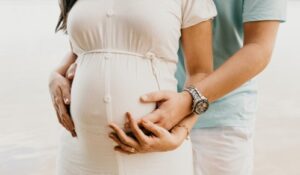

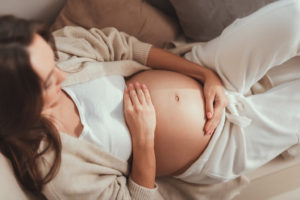
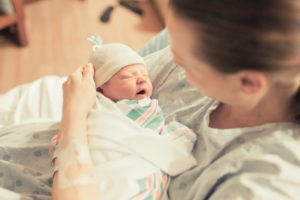
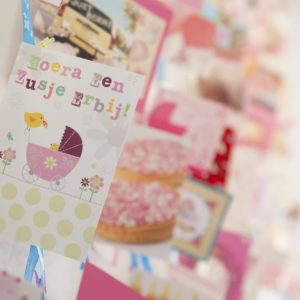


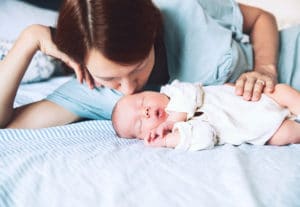

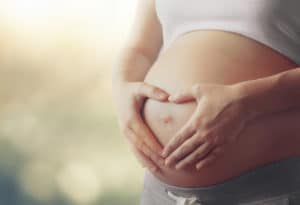
5 thoughts on “Postpartum – Transition After Birth”